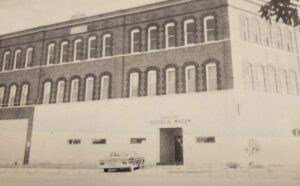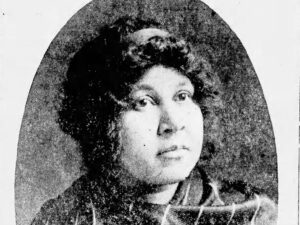Rachel Whitney, Curator,
Sapulpa Historical Museum
The first known oil well in Oklahoma was drilled first in 1884 and completed in 1888. It was in Atoka County, Choctaw Nation of Indian Territory (I.T.).
Ten years after the first oil well drilled in I.T., oil seekers first came to the Sapulpa area. In 1894, Amos Steelman, from Ohio, had a lease for 5,000 acres in Creek Nation. He and his two drillers, Sam Weaver and John Wick, drilled a well on what was later the Eliza Tiger allotment, six miles northeast of Sapulpa, on the bank of Nickel Creek.
However, the first commercial oil well was drilled on March 10, 1897. The Nellie Johnstone No. 1 well was located near Bartlesville, Cherokee Nation, I.T.
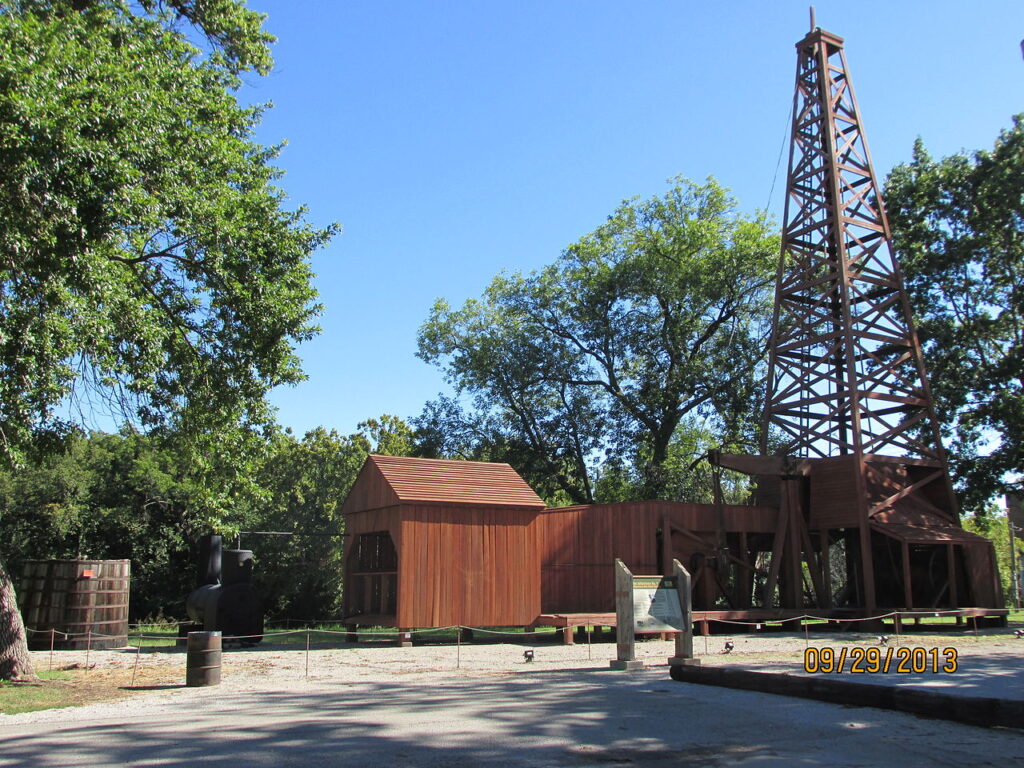
Eventually, Steelman and Weaver returned to Ohio. John Wick stayed to work in the area.
In 1900, John Wick believed strongly that oil could be found here. He talked his friend J.C. Heydrick of Pennsylvania into backing him. They then secured a lease from the Creek Nation Council on July 16, 1900. This lease was signed not only by the council but by several locals, such as Sue A. Bland, Muscogee Creek, and wife of Dr. John C. Bland of Red Fork.
The plan was to drill on a site two miles southeast of Sapulpa. Heydrick had back East buying and selling stock, and after purchasing the equipment, he sent it to Red Fork by train. When the shipment arrived, the Red Fork Agent refused to sign off on the shipment. Dr. Bland and Dr. Fred S. Clinton had picked up the tab for the equipment. Dr. Bland then insisted on the well to be drilled on his wife’s allotment.
Sapulpa waited for its turn. In 1900, both Sapulpa and Tulsa had a population of near 1,000 people. Tulsa had near 1,300 citizens, whereas Sapulpa had more than 800 residents.
Then 1901 happened.
On June 24, 1901, the Sue Bland well came in and this was the start of the small Red Fork oil-boom. “Tulsa was still a micro town near the banks of Arkansas River in 1901 when its first oil well, named Sue Bland No. 1, was established.”
Sapulpa’s entrepreneurs were the next to drill for oil. The Sapulpa Oil, Gas, Water, and Mineral Company was formed in 1901. With Fred Pfendler, the Burnett Brothers of Bates and Birch, John F. Egan, and L.C. Booth began drilling on Booth’s property. The Company was granted a franchise by the city on November 7, 1901 to furnish the town with gas. They struck oil sand in January 1902, but drilled past this sand as they were looking to supply Sapulpa with gas.
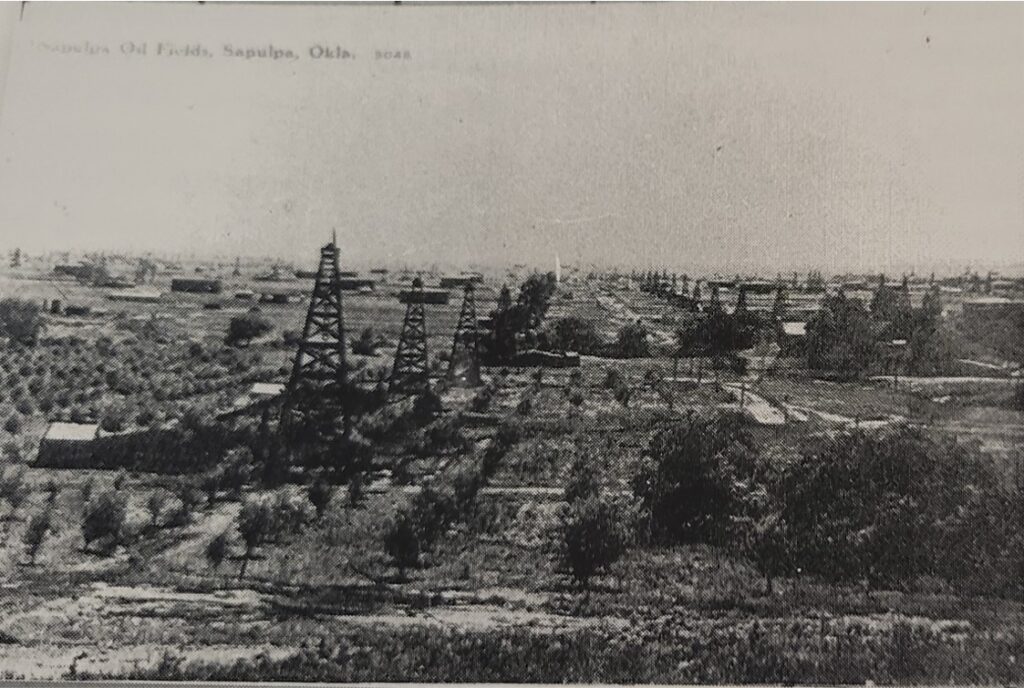
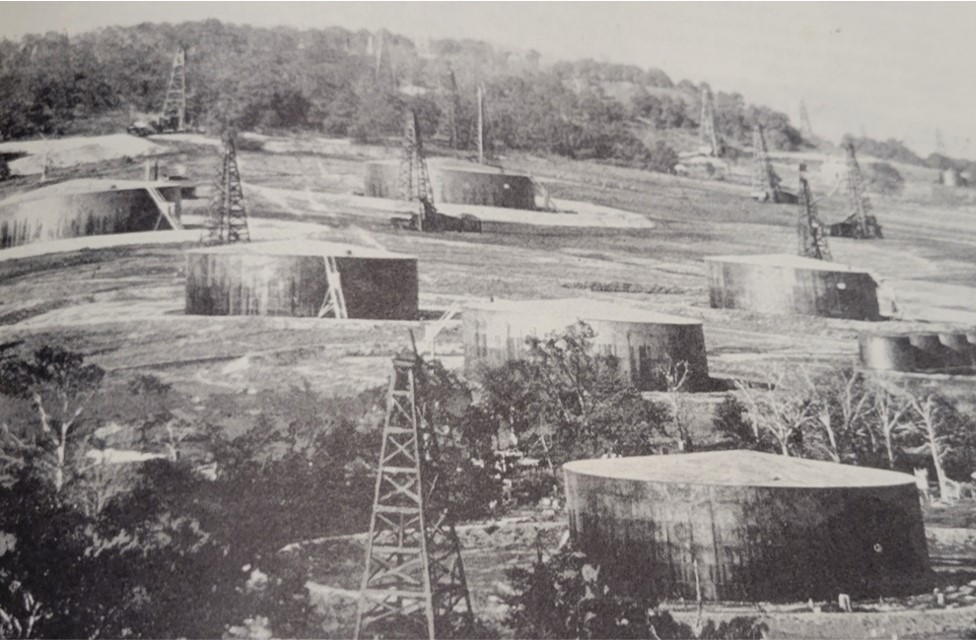
The well was located on the northeast corner of Lincoln and Poplar Street.
The struggle began for Sapulpa to bring oil supply companies and their stores to the town.
Sapulpa’s oil supply houses were nonexistent, whereas Tulsa had seven supply houses. The seven supply houses agreed that they would not come to Sapulpa. The lack of oil supply houses were a big impediment to Sapulpa competing with Tulsa.

It was agreed from the Tulsa supply houses that if one moved to Sapulpa, then they all should, but Sapulpa could not fit all the companies in its town, so it was agreed no one should. One oil supply company kept an eye on the town of Sapulpa.
The Bovaird Oil Supply Company is one of the oldest oil well supply companies in the United States. Scotsman David Bovaird “migrated to America and found a job hauling crude oil in wooden barrels. David Bovaird ferried ‘anything they needed’ to the drilling teams and formally established the company in 1871.”
Bovaird sent a team of oil scouts to the Oklahoma territories when oil was just beginning to be drilled here. “Oklahoma was still a territory on November 22, 1905, when the Glenn Pool oil field was discovered near Sapulpa in the Creek Nation. The find forever altered Oklahoma’s history. Within a few months, in 1906, the second generation Bovaird found his business shifting to the site of the huge discovery.”
For Bovaird, the oil supply company had shifted from northeast to the midwest of Kansas, Texas, and Oklahoma. In Oklahoma the company is stationed in Tulsa. “It was clear to W.J. Bovaird, one of David’s four sons, realized that Tulsa was becoming the center of the universe for anything connected to oil, and another move gave the company its permanent seat.”
A bonus of $7,000 was asked by the Bovaird Company to move here in 1906. And for months, Sapulpa couldn’t land the supply company. Until they did.
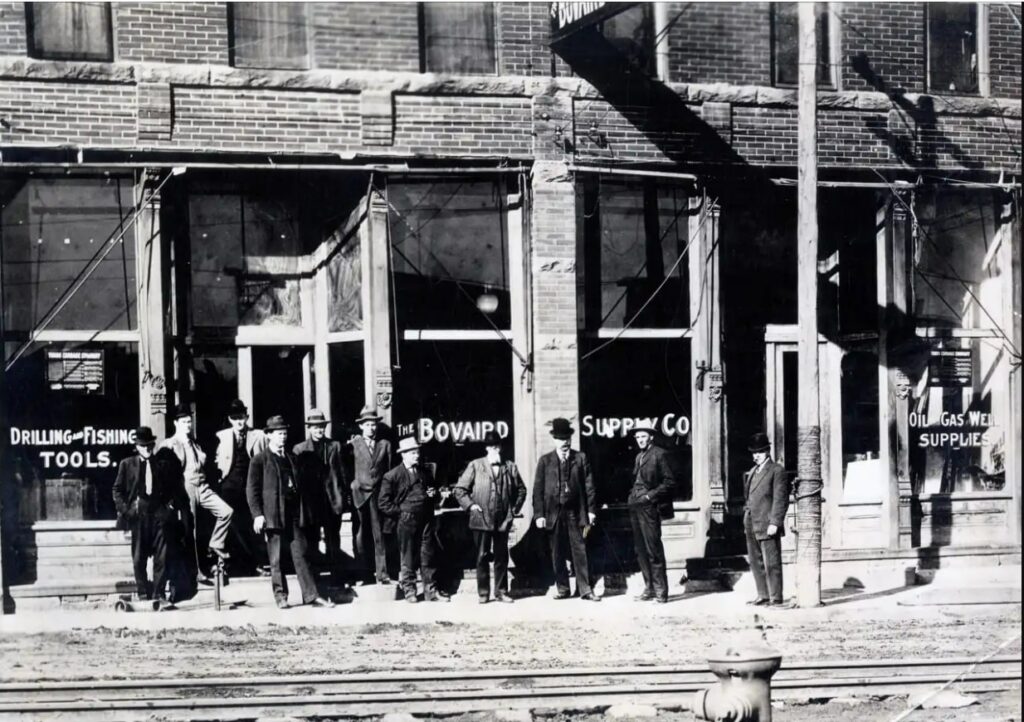
This week in Sapulpa history, “the Supply house is ours.”
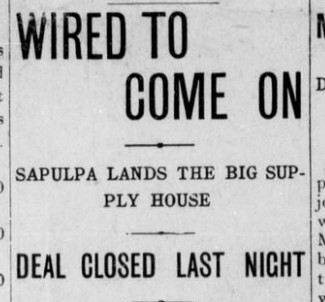
On March 1, 1907, the Bovaird Oil Well Supply House was secured in Sapulpa. “The best piece of news Sapulpans have heard lately was the announcement late last evening that the bonus for the Company was assured.”
The location of the new business was to be on the east side of North Main, just south of the Frisco right-of-way. The company opened a store and shop in Sapulpa and soon this facility included not only a supply store but a warehouse and a complete shop for servicing equipment.
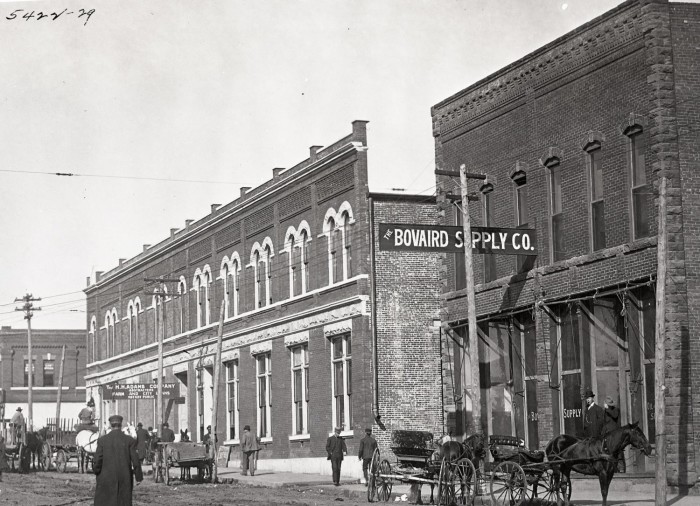
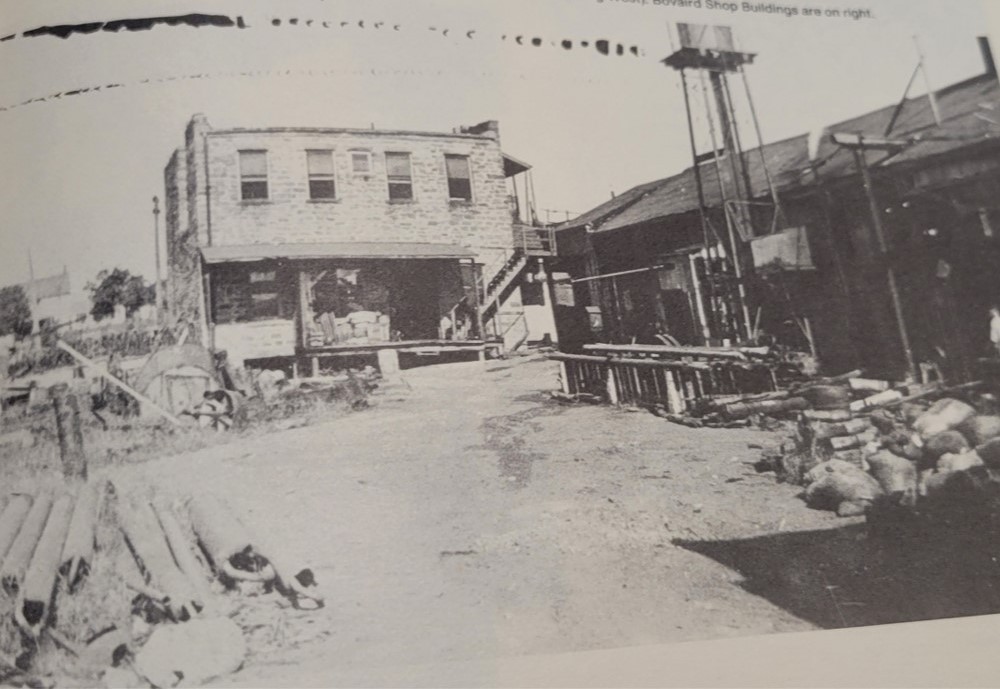
“This is one of the biggest deals Sapulpa ever made. It means that Sapulpa is to be what it should, the oil center. This great establishment will swarm the oil men to Sapulpa, it will bring other Supply houses. It means that the oil business will all be transacted at Sapulpa. It means the making of a city here. It means the establishing of a $10,000 machine shops. It means more people to our city. 15,000 by 1908.”
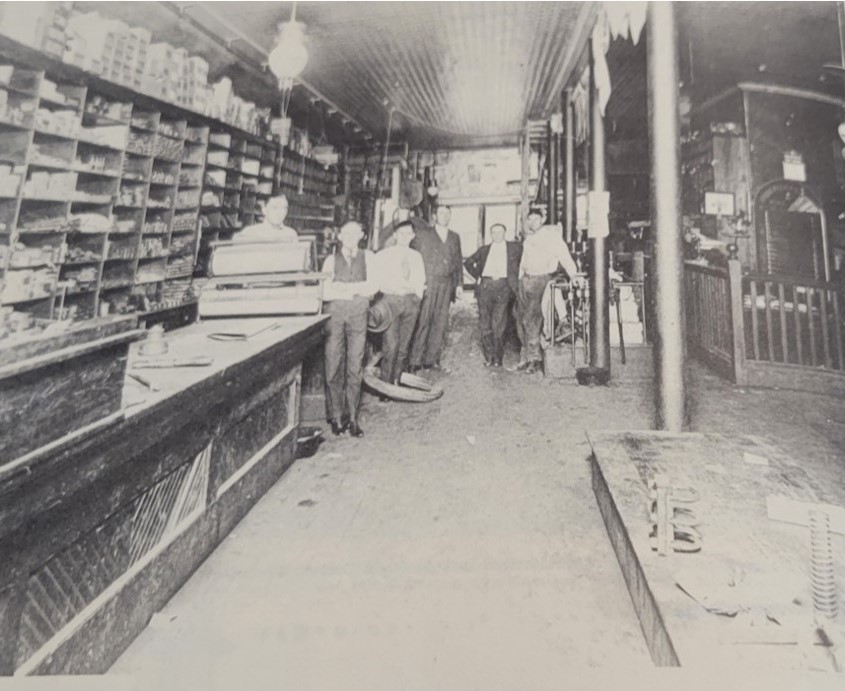
The Bovaird Supply Company played a large part in the development of Sapulpa. In March 1920, the company properties consisted of sales office in Tulsa, the manufacturing plant at Independence, KS, and the general office, store, and shop in Sapulpa. Soon after this, came stores at Beggs, Bristow, Maud, Seminole, and Slick.
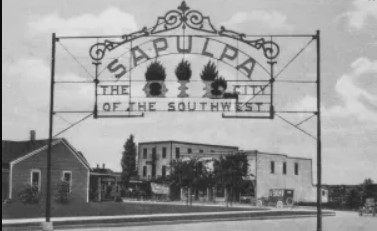
By 1910, Sapulpa’s population grew more than 800%, to have more than 8,000 residents. Tulsa grew more than 1,000%, to have more than 18,000 people. Tulsa, the “Oil Capital of the World,” and Sapulpa, “Oil City of the Southwest,” were oil boom towns.
(Sapulpa Light, March 1, 1907; The Oklahoman, May 12, 1991; Oklahoma Historical Society; Wikipedia)



